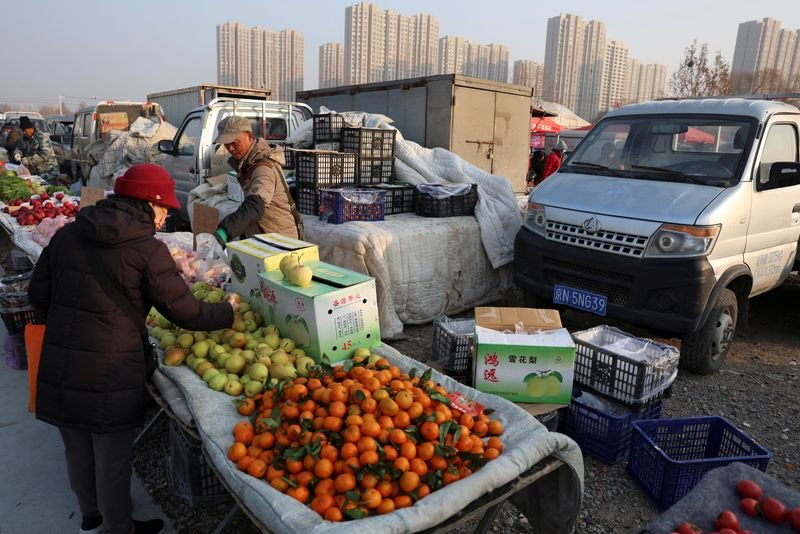China’s Consumer Prices in July Remain Steady, Factory Prices Fall Short of Expectations
China’s economic landscape for July 2023 reveals a mix of stability and disappointment. The consumer price index (CPI) remained unchanged compared to the previous month, while the producer price index (PPI) undershot analysts’ forecasts. This duality highlights ongoing challenges in the world’s second-largest economy.
Stability in Consumer Prices
In July 2023, China’s consumer prices showed no significant fluctuation from the prior month. This steadiness in the CPI indicates a balanced demand and supply environment. Economists had anticipated a modest increase, recognizing that stable prices are essential for consumer confidence and overall economic growth.
The unchanged CPI suggests that inflation is not currently a pressing concern for consumers in China. Analysts believe this stability provides the central bank with a buffer to maintain current monetary policy without immediate pressure to implement drastic measures.
Decline in Factory Prices
Contrasting the stability in consumer prices, China’s producer prices faced a decline. The PPI dropped year-over-year, falling short of most economic predictions. This decrease is a cause for concern as it reflects lower demand in the manufacturing sector. A continuous drop in factory prices could indicate producers are struggling to maintain profitability, potentially leading to reduced investment and future production cuts.
The disparity between consumer and producer prices demonstrates an imbalance in the economy. While consumers may feel little financial strain, producers are operating in a challenging environment marked by lower profits and increasing operational costs.
Economic Implications
The stagnation in consumer prices combined with the downturn in producer prices raises questions about the health of China’s economy. Although the lack of inflation is beneficial for consumer purchasing power, the challenges faced by manufacturers could have long-term ramifications.
Weak factory prices may lead to reduced wages and job cuts within the manufacturing sector, contributing to an overall decline in economic growth. For many businesses, especially smaller manufacturers, navigating these turbulent waters presents significant challenges.
This economic scenario calls for a close examination of government policies. Policymakers may need to address the issues facing producers to ensure a balanced economic recovery. Encouraging spending among consumers while supporting manufacturers can help stabilize both ends of the economic spectrum.
Broader Economic Context
China’s economy has been experiencing transformative changes in recent years due to shifts in both global trade dynamics and local consumption habits. The COVID-19 pandemic has also altered consumer behavior, leading to a gradual transition towards a consumption-driven economy.
Despite these shifts, external factors such as rising commodity prices and ongoing geopolitical tensions can influence both consumer and producer pricing. Understanding these dynamics is crucial for anticipating future economic trends.
Consumer Confidence Remains Vital
For any economy to thrive, consumer confidence plays a pivotal role. As consumer prices stabilize, the continuity of this confidence is essential in supporting demand. If consumers feel secure in their financial situations, they are more likely to spend, positively impacting various segments of the economy.
Maintaining a healthy balance between consumer spending and producer output is fundamental. The current data indicates a need for ongoing monitoring to gauge how shifts in these areas will affect overall economic stability.
Future Prospects
Looking ahead, economists will closely observe China’s economic indicators. The interplay between consumer sentiment and manufacturing health will determine the path forward for China’s economy. If both sectors can harmonize better in the coming months, there is potential for a more robust recovery phase.
Policy interventions may be necessary to alleviate pressures on producers, particularly if price decreases persist. Support measures could range from monetary policies to targeted assistance aimed at specific sectors, ensuring a balanced growth trajectory.
Conclusion
In summary, while China’s consumer prices held steady in July, the significant drop in producer prices requires careful attention. Observing consumer behaviors and the health of production will be critical in navigating the challenges ahead. As the nation continues to adapt to changing global circumstances, understanding this economic landscape will remain essential for stakeholders across all sectors.
